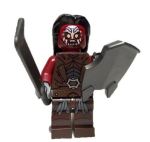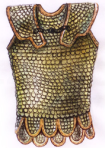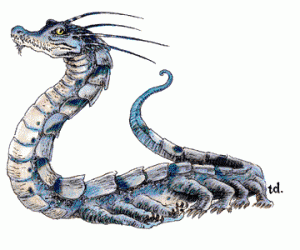(I’m on a bit of a roll today with variant races, so I’m going to post something I swiped from HackMaster…)
Grunge elves degenerated into barbarism during the long years of Ragnarök due to destruction of their forests and isolation from other elves. (In this respect, they are not unlike slag dwarves.) They call themselves the grel; other elves name them grugach.
Forced to live as nomads, grunge elves believe in strength and survival of the fittest. Clans of grel are small but fiercely loyal to one another. Each clan is led by the strongest warrior, whose primary goal is survival of the group. Grunge elves will often make camp near communities of other races, though they are mistrusted.
Unless stated below, a grunge elf is identical to a standard elf in terms of rule effects:
- Level Limits: Their nomadic existence has made them tough, and grunge elves may advance to 6th level as fighters. Conversely, advancement as runecasters is restricted to 7th level.
- Combat Ability: Grunge elves gain a +1 bonus on attack rolls when using spears and javelins (instead of bows).
- Adventuring Feats: The grel are tougher than other elves, but not as graceful. They do not have any modifiers to Skill or Might checks.
Grunge elves interact with many other races as they travel – even traditional foes such as dwarves and goblins. Some individuals have even been known to leave their clan an take up a life of adventuring with non-grel.




